Best free website builder 2020
Creating a website used to be the domain (geddit?) of professional designers and coders, but thanks to free website builder applications, these days it’s something anyone can tackle.
The problem is that there are so many website creation applications and services vying for attention that it can be difficult to know which one to opt for – this is where we can help.
We’ve collated the very best free website builders available, including a mixture of offline software and online tools.
It’s usually quicker, easier and more efficient to create and edit a site entirely online with a WYSIWYG editor, but if you want complete control over every aspect of your site’s design and web hosting, you’ll need a desktop-based free website builder.
So whether you’re looking to create a site for your business, a new blog, or you just fancy creating an online presence for yourself, here are the best free website builder services to help you out.
- If you want website builders with more oomph and features, check out our best website builder shortlist which includes paid-for services.
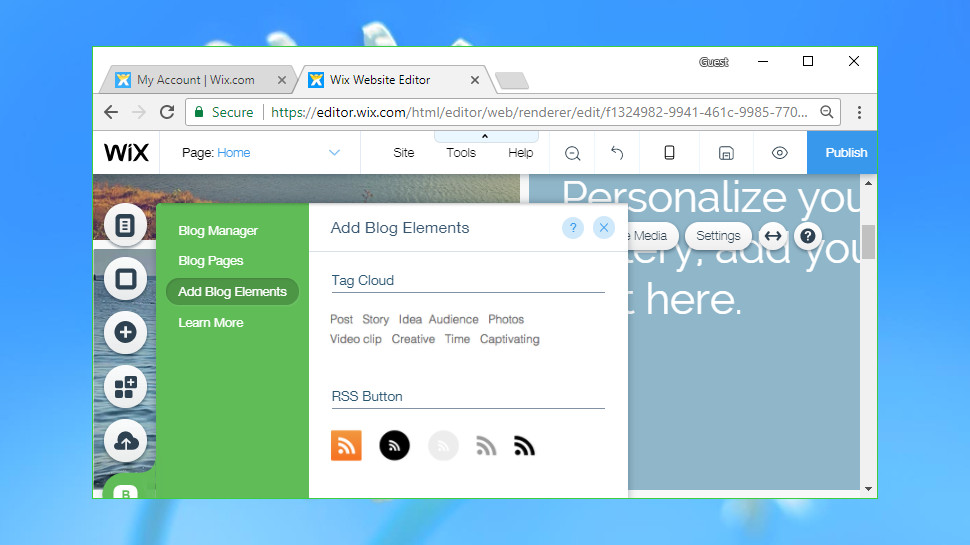
Wix is a big-name website builder which offers a free plan, enabling you to have the run of this service without having to put your hand in your pocket. And you benefit from one of the most impressive website editors in the business.
This editor can be run in ADI (Artificial Design Intelligence) mode, which has a very basic interface to keep everything really simple and user-friendly. This is great for beginners, as you can create a basic site without even remotely breaking a sweat (a range of attractive templates are provided, as well).
Those who want to get more involved with tweaking the design of their website can step up to the full Wix editor, which boasts powerful functionality, and the ability to really hone your website and get it looking just as you want. Visual previews of page elements make it easy to pick what you need for any particular part of a web page, too.
Wix is so polished that putting together your site using the editor feels more like using a native application rather than a website builder, and it also sports excellent support for a diverse range of media, and quality customer support as well, even on the free plan. In addition, Wix Turbo was recently released which improves the performance and speed of all Wix websites.
Powerful blogging functionality rounds things off nicely, and you’re getting a truly high quality offering with the free version of this website builder.

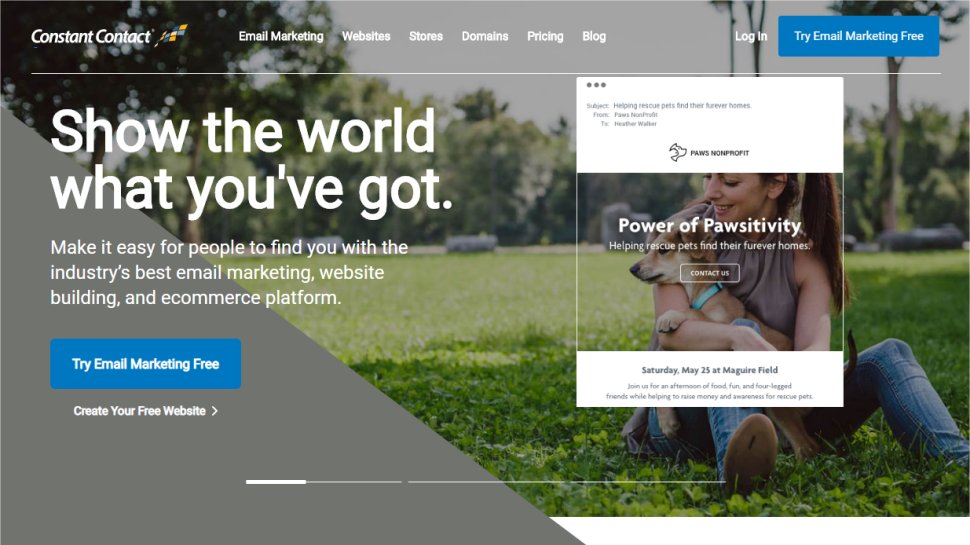
Constant Contact provides an intelligent website builder and ecommerce store platform, both of which are free to use.
Setting up a website is easy using drag-and-drop functionality, allowing you to set up a design simply and easily, and insert the features you need.
Settings are automatically optimized for mobile platforms and SEO, and there is a free image library with over 50,000 images included as part of the package.
The ecommerce platform allows for online payments through Paypal, Mollie, or Stripe. There are order and inventory features that automatically updates inventory with orders, and sends an email alert when items become out-of-stock.
While the basic level website is free, there are paid plans which add more features. Additionally, there is also a paid email marketing option available to allow you to reach new customers.
Overall, Constant Contact does a good job of setting up the basics. The free plan is a great way to set up your website, but if you want to publish a website, you’ll need to pay.

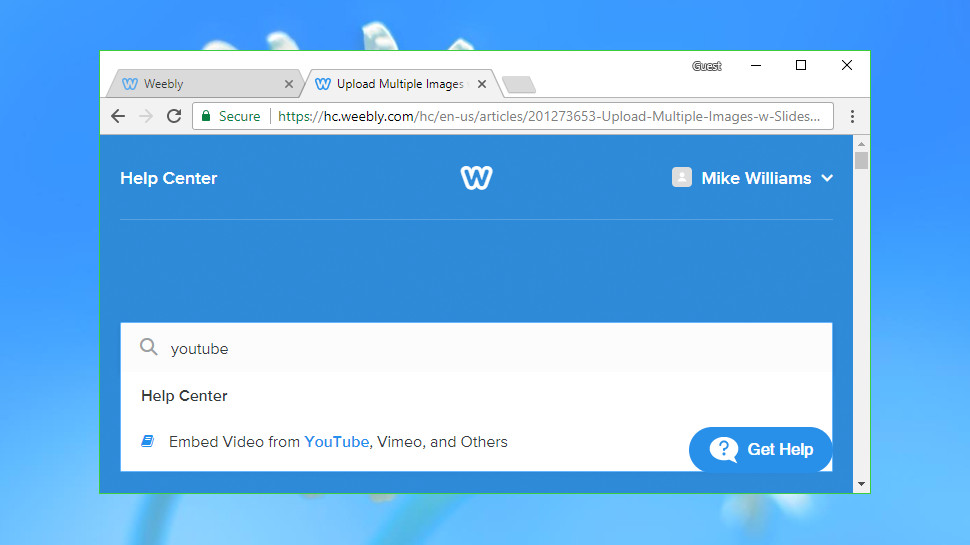
Weebly offers you two ways to build your website. Both involve creating it online, and both are as quick and painless as possible.
The simplest option is to use the basic editor builder which will guide you through a series of questions before automatically creating a site for you. There is scope for customization, but the focus here is really on fast results for anyone who is terrified of designing websites.
A more hands-on approach is available if you decide to use the standard Editor. There are literally hundreds of stylish templates to choose from – and, yes, they are genuinely impressive – which you can tweak and tailor to your needs using a beautiful WYSIWYG editor.
Despite being a cloud-based website builder, Weebly gives you a great degree of control over the look of your site and placement of page elements. You can also liven it up using additional features such as a newsletter and live chat. This power and flexibility make Weebly a top-notch website builder.

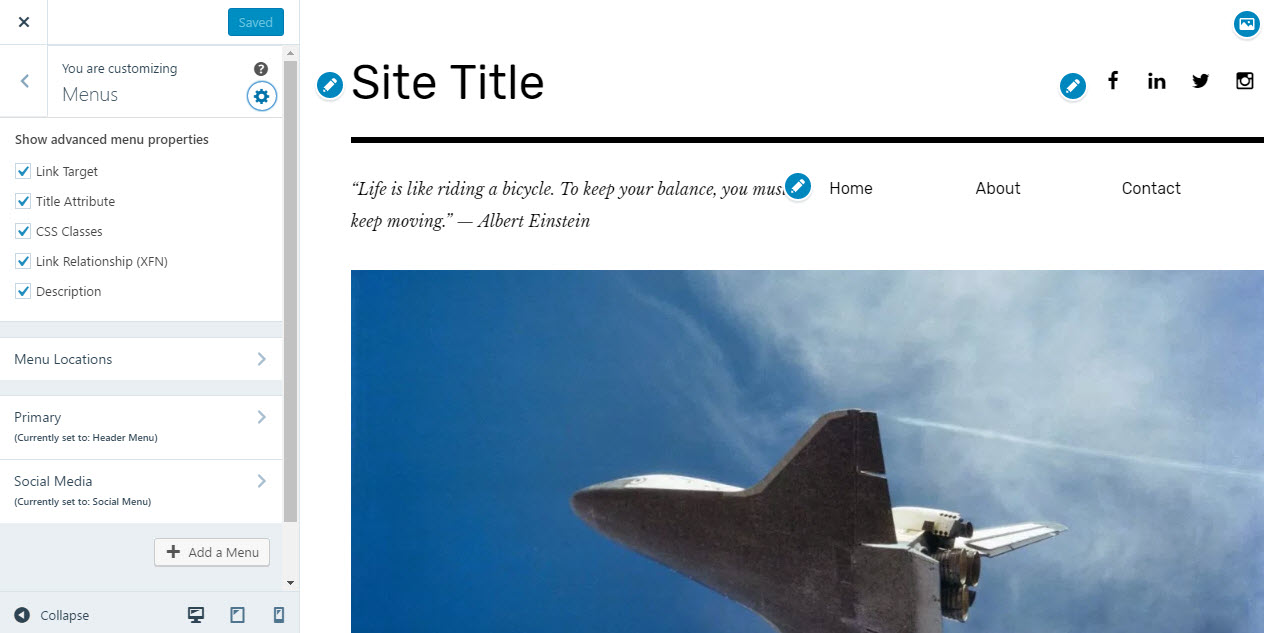
Causing a slight degree of confusion, there are actually two different versions of WordPress. The more complex variant can be downloaded from wordpress.org, and you will need to upload it to your own web space and install it using the automated online installer. You can then customize the templates and use add-ons to make the site your own.
This is the route many bloggers go down, but there is a simpler option for people who don’t want the hassle of fiddling about with scripts and getting dirty with hardcore editing.
The hosted version of WordPress lets you create your own site on wordpress.com. You can create everything from a blog or photo site, to a fully fledged online store, and there are a number of templates to choose from. Additionally, Mailchimp users have a benefit of adding a Mailchimp block, which can grow your mailing list among other things.
Whether you’re creating a static site, or a blog-style site with regularly updated content, the online editor is a joy to use and allows just about anyone to create an impressive, professional-looking site. The only downside is the limited range of plugins and templates compared with the desktop website builder.


Incomedia WebSite X5 received an overhaul in April 2019 with new templates, an updated interface, new paid versions and more. The main thing to note is that the service now has a free version for everyone (note that the free version for TechRadar readers is still available to download). There are two paid versions, Evo and Pro, priced at €29.95 ($27.5) and €69.95 ($64.3) respectively. This is a one time purchase and naturally, both versions come with additional and improved features compared to the free one. There is also a demo version of both paid versions that you can try out.
Unlike WordPress and Wix, WebSite X5 is a desktop website builder, which means you can work on your site offline and have more freedom to make your website look exactly the way you want.
There’s a range of ready-made templates to choose from, or you can create your own design from scratch. Next, build up your site map, showing the hierarchy of your pages and how they connect to one another – a feature you won’t find in most web-based site builder apps. There is also e-commerce support with features like product search page and optimized checkout.
Once that’s done, you’re ready to start building your pages using Website X5’s simple drag-and-drop interface, which includes tools for editing both rich text and photos.
If you don’t want to be tied down to an online site builder, WebSite X5 is the tool for you.


CoffeeCup Free HTML Editor is one of a dying breed of web building programs that don’t use a CMS (content management system). While not in the same league as the likes of Adobe Dreamweaver, Free HTML Editor packs quite a professional punch. With split screen code/preview views, it’s possible to see the effect the changes you make have straight away.
To help you get started quickly, there are a number of templates built into the program, and there are some very nice features such as tag and code suggestions as you type.
For absolute beginners, the program might seem a little overwhelming to start with, but it’s worth sticking with – assuming you have some HTML knowledge. There is one slight issue; a number of features, such as spell-checking and code optimization, are only included in the paid-for version of the program.

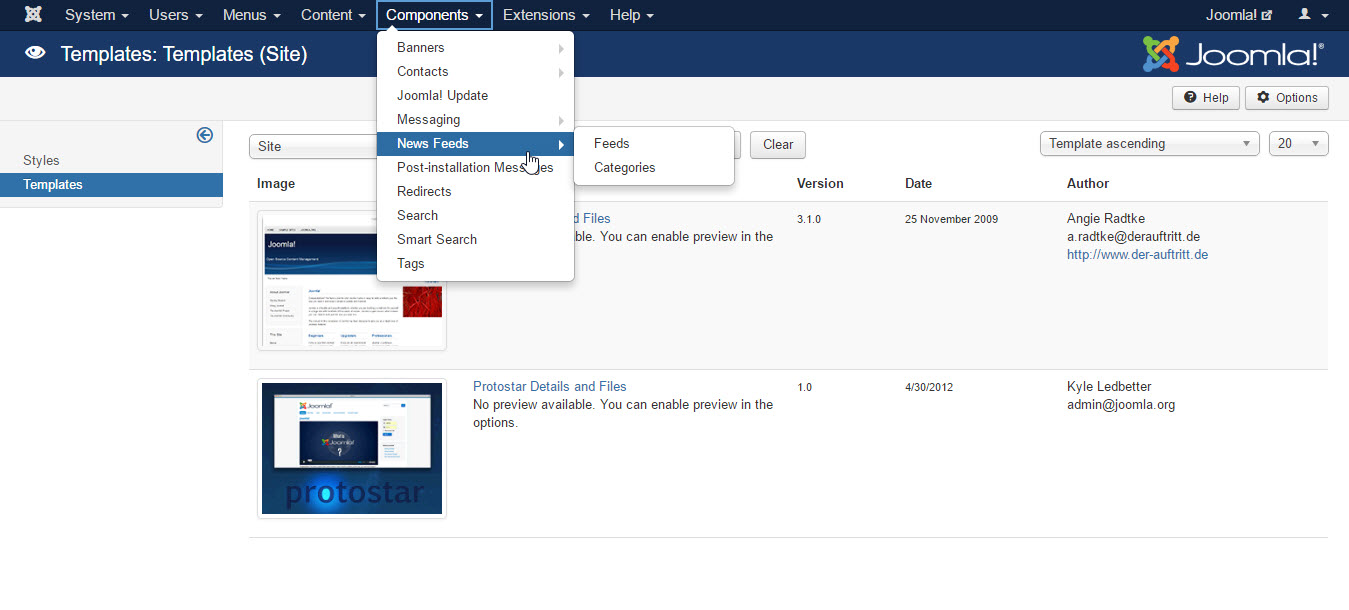
Joomla is a well-known name in the CMS world. It may not be as popular as WordPress, but it offers the same two options: build a site using the web app at launch.joomla.org and have it hosted on the company’s servers, or download the software from joomla.org and host it yourself.
If you choose the latter option, you’ll notice that the interface is much less approachable than WordPress. It’s not completely impenetrable, but there are lots of menus and options to work through and it doesn’t feel quite as polished as WordPress.
Joomla’s online website builder is nearly as complex, but doesn’t involve the same setup process, making it a better option for beginners. Its key selling point is a huge collection of themes and extensions, which provide endless ways to customize the way your site looks and works.
You might also want to check out our other website hosting buying guides:




